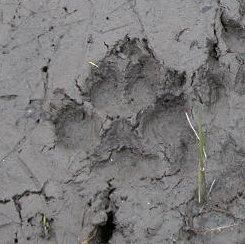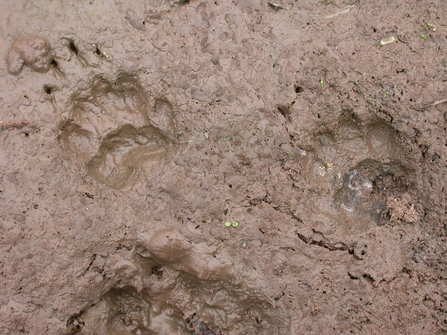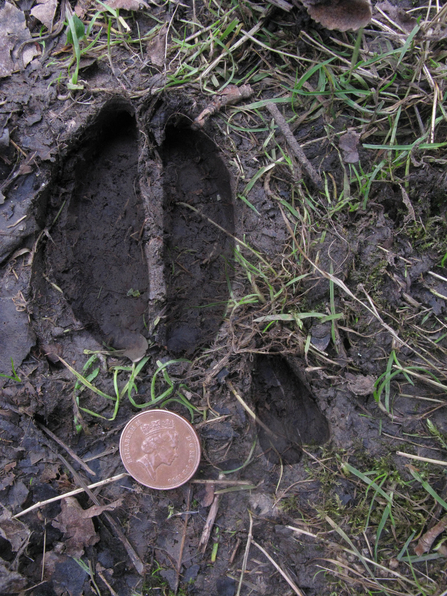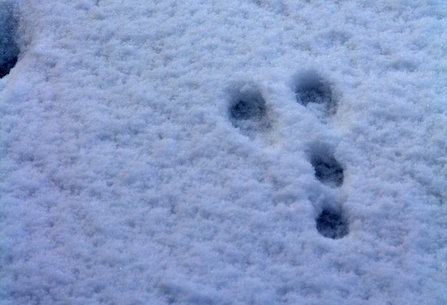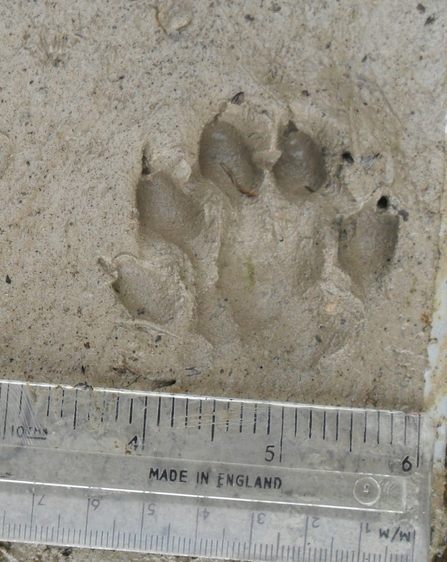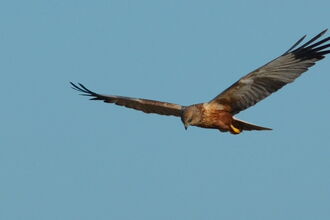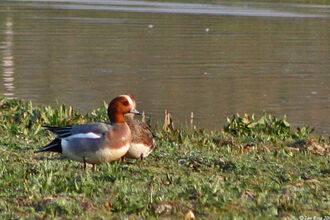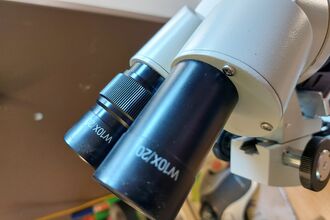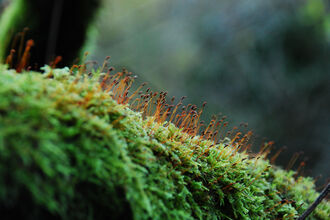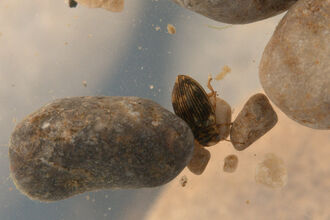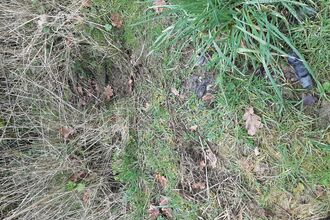Mammals are all around us, from mice and voles to deer and foxes. They’re on our nature reserves, in our parks, and even in our gardens. But how often do you see them? Most mammals like to stay hidden, and they’re very good at it! Many prefer to emerge at night, when they’re protected from prying eyes by the cover of darkness.
However, even the stealthiest species leave behind clues for us to find. Look around and you’ll see telltale signs of these animals’ hidden presence. Some are obvious, like large piles of poo left in prominent places, others are more subtle, like nibbled pinecones at the base of trees. One of the most exciting things to find is a footprint. The best place to look for prints is in soft soil or mud, especially after rain. If it’s been snowing, footprints can be seen almost anywhere.
Let’s take a look at some of the prints you might find…


